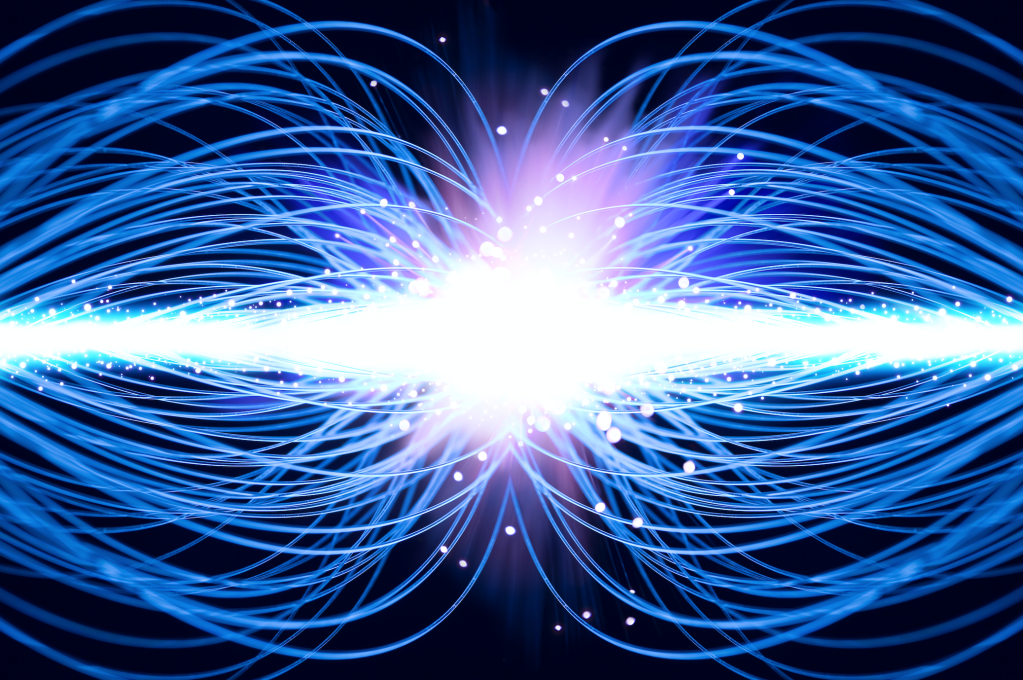After a three-year hiatus, the large hadron collider (LHC) has turned back on and is back on its bullshit of probing the fundamental nature of reality.
The world’s largest, most powerful particle accelerator, housed at the European Organization for Nuclear Research (CERN) near Geneva, Switzerland, is booted back up after being shut down for maintenance, repairs, and upgrades in 2018.
Videos by VICE
The particle collider, or “atom smasher,” more illustratively, is a 27 kilometer ring of magnets that guide beams of charged particles at close to the speed of light, prompting them to collide at four crossing points. These collisions are picked up by detectors, which allow physicists to study them and generate insights on particle physics. The machine has led to a series of incredible discoveries about basic physics and the general makeup of matter and the universe. Now that it’s back on, physicists can resume research on yet-unanswered fundamental questions about how particles interact in space.
As of Friday morning, two beams of protons had started circulating in opposite directions around the device, CERN tweeted.
“Today is a special day,” Rende Steerenberg, head of the operations group in the CERN beams department said in a promotional video. “The long shutdown was used to upgrade the machine, to upgrade the injectors, to create more bright beams in order for the number of collisions in the LHC to increase.”
Scientists are understandably excited. Dr. Sam Harper, a physicist at CERN, told the BBC on Friday that the LHC’s rebooting will give him the chance to continue his search for a “fifth force of nature” (outside gravitation, electromagnetism, and the strong and weak nuclear force). Dr. Mitesh Patel, particle physicist at Imperial College London whose research depends on the LHC told The Guardian he now has “more optimism” about his hunt to explain the rapid decay of particles called beauty quarks, a type of particle smaller than protons, neutrons and atoms.
“There could be a revolution coming,” he said.
THe LHC’s reopens amid ongoing critiques that it has in some ways fallen short of its goals in explaining the unexplained. It was booted up in 2008 with the goal of searching for the Higgs boson, a particle that was proposed in 1964 as a way to explain why certain particles have mass. The collider located that particle in 2012, completing the Standard Model of Particle Physics (the current working theory of subatomic physics).
With the location of the Higgs Boson came theories about a new type of particle, “supersymmetric” particles, that constitute dark matter — particles in space that don’t absorb, emit or reflect light. The LHC has yet to detect trace of these particles; but its restarting could change that.
“Hello world: We’re back,” Federico Ronchetti, head of operations at the ALICE Experiment at CERN tweeted Friday morning.




